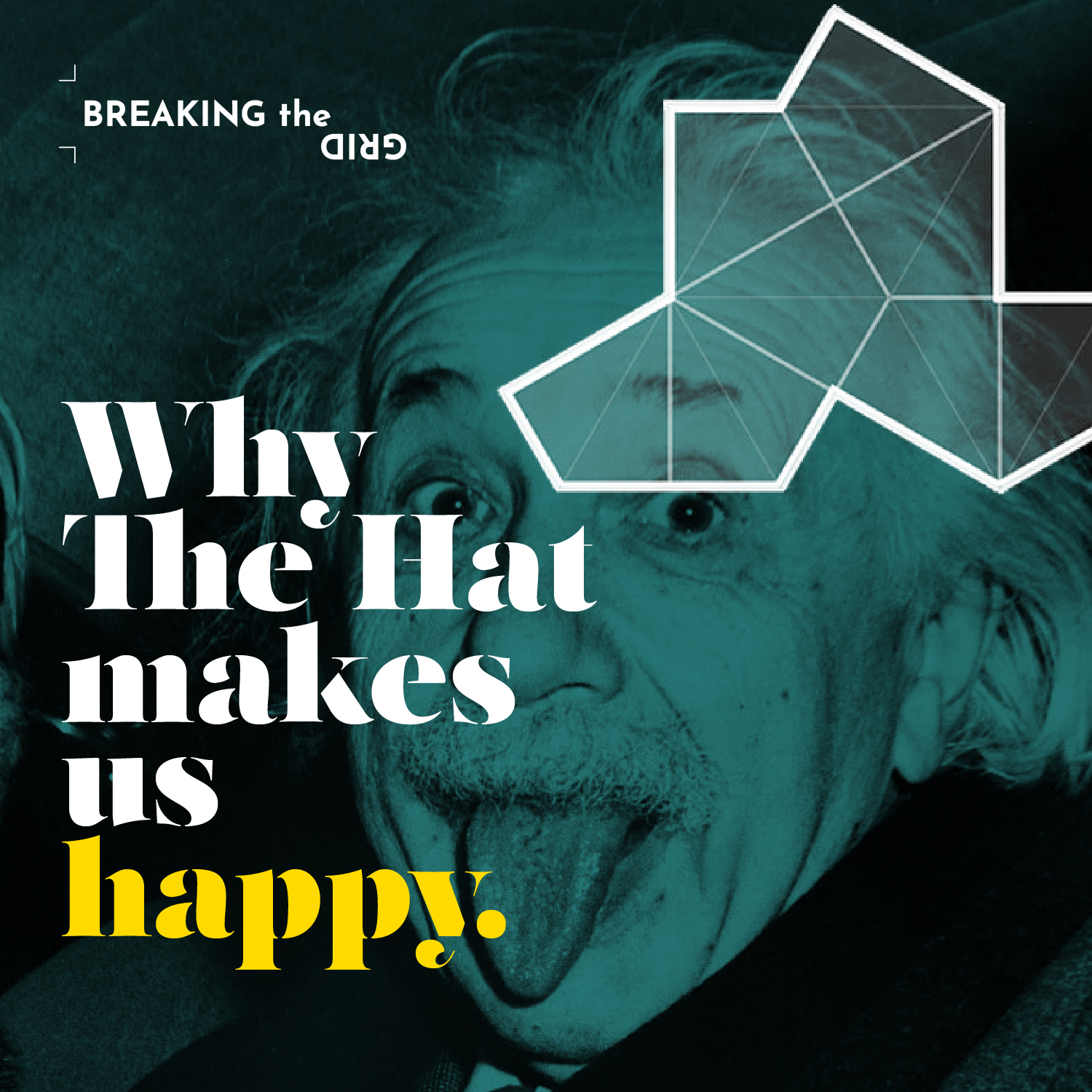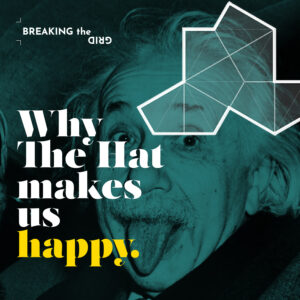Breaking the Grid: Why “The Hat” makes us happy


For those of you who don’t routinely follow breaking news in the world of geometry, we’re all worked up (in a good way) about “The Hat.” It was discovered in late 2022 by David Smith, a retired printing technician from northern England, whose hobby was hunting for interesting geometric shapes. When he realized he was onto something quite unique, he reached out to a math professor and two other academics to vet his discovery, and together they published a scientific paper to share their work.
Enter“The Hat.” It’s a 13-sided shape that resembles a fedora (if you squint hard), and is composed of aperiodic tiles, meaning that regardless of how the tiles are assembled, they can cover an entire surface — of any dimensions — without ever repeating a pattern.
You might be wondering, “Why should I care about this oddball shape?” Well, maybe because this isn’t just any regular shape and its singular properties have the potential to revolutionize design practices in so many ways.
First off, imagine the possibilities for artists and designers to create original patterns and designs that don’t repeat. Or the opportunity for architects to use “The Hat” to envision building layouts and decorative elements that we’ve never seen before.
And you know what’s even better? The team that discovered “The Hat” is all about sharing. They’ve released the source code to the public so anyone can use it to generate their own patterns. No patents or copyrights here! They want everyone to be free to experiment, to learn, and to create with this quirky new shape. That makes us happy, too. Because it opens up a new realm of possibilities, and shines a light on the magic that can happen at the intersection of mathematics and creativity.








